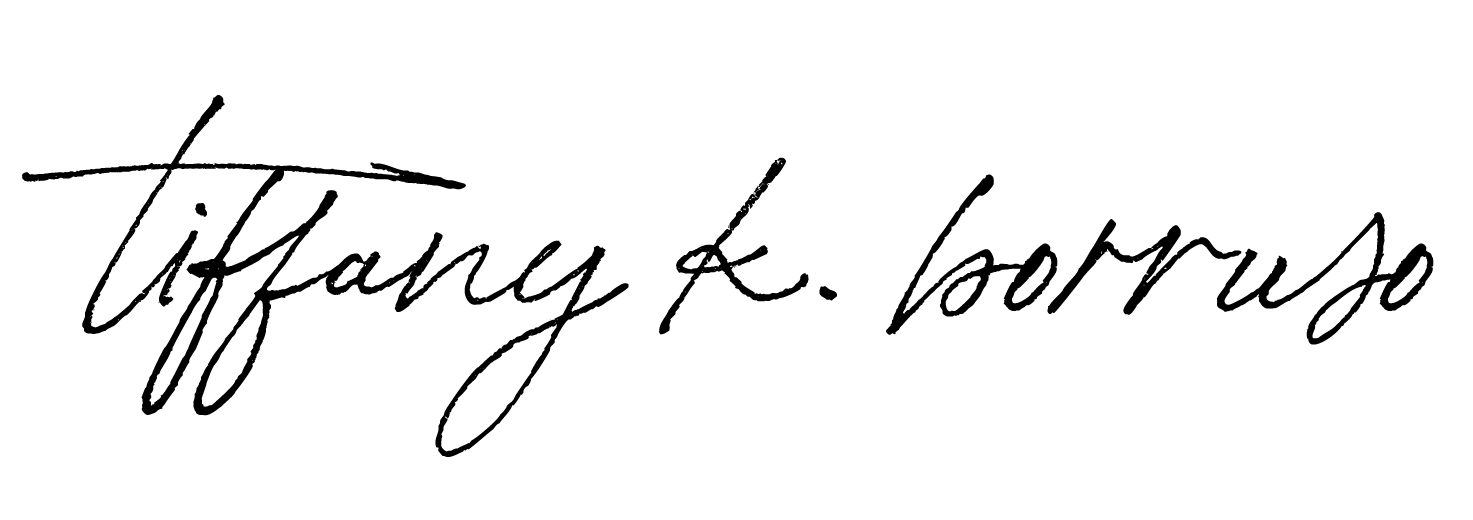
Google Ads is one of the most popular advertising platforms for small and medium-sized businesses and is used successfully to promote health and wellness type businesses. You can target customers based on their locations, search queries, and interests.
You can also set up multiple types of campaigns on the platform to reach your target audience on Google, YouTube and across the web.
There are 3 main types of Google Ads campaigns suitable for service based health and wellness businesses:
- Search Ads
- Display ads (incl. remarketing)
- Video ads (YouTube)
Here’s a breakdown of each, plus tips on how to use each.
Search ads – The most popular Google Ads campaign type
The most popular type of Google Ads campaign is the search ad. These are text ads that appear at the top of the search results page (these are called “top-of-page” ads). They may also appear in other locations on the search results page, such as above or below organic listings, as well as at the top of Google Maps results pages (known as local pack).

These ads may appear on Google’s search engine results pages (SERPs), as well as when users perform related searches on Google’s mobile app or mobile web browser. A search engine result listing could also show an image ad if someone types in “luxury spa resort Greece”.

The benefits of a search ad:
- In this type of campaign, you only have to choose your keywords and text, no images or creatives are needed.
- Ideal for lead generation and product sales with long sales cycles.
- There are many possibilities when it comes to segmenting your campaigns.
Display (remarketing) ads – Ideal for raising awareness and generating leads
Display campaigns are perfect for drawing attention to your products or services by displaying images and banners, and are also ideal for remarketing campaigns.
Search ads are text-based and allow you to target specific keywords, while Display ads are image-based and allow you to target people who may be interested in your products but aren’t actively looking for them.

Display campaigns are usually visible when you browse your favourite websites. You may also see them in your Gmail account, apps, or videos.
The benefits of a display ad:
- Every day, the majority of internet consumption revolves around the display network: apps, news, blogs, etc. As a result, with this campaign type, you can use the fact that people are normally consuming content to influence them later with your campaigns.
- You have a variety of targeting options, so you can appear in placements that are most relevant to you in order to increase interaction with your ad. This allows you to concentrate on the placements that will result in more conversions.
- You can evaluate the effectiveness of your campaign and determine what steps to take to improve it. By creating graphic or video ads, you can assess the effectiveness of any component, such as the message, animation, or even text.
- They are very potent for remarketing campaigns because they allow you to personalise the message and images, allowing you to re-engage those who have previously visited your website and encourage them to return, increasing the conversion rate.
Video ads (Youtube) – Ideal for raising brand and service awareness
A picture is worth a thousand words…so imagine what you can say in a video!
YouTube video campaigns allow you to grasp the users’ attention and show your services and offers in detail, increasing brand awareness.
Because YouTube is owned by Google and functions similarly to a search engine–albeit for videos–you can target your potential customers on YouTube based on what they are watching. You have a large audience to target with over 2 billion users worldwide!
Your video ad campaigns appear before, during, and after YouTube videos, as well as in search results.

Video Ads are best used for getting your service and offer in front of a relevant audience.
The benefits of a video ad are:
- Youtube is the world’s most popular video platform and the second most visited website, with an average of 21 minutes and 10 seconds per user per day.
- To find the audience you’re looking for, you have several segmentation options.
- A broad range of advertising formats are available.
- You can control the number of daily impacts a user receives through the Google Ads platform, ensuring that your campaign does not result in ad fatigue among your target audience.
- Ideal for Top of Funnel strategies because of guaranteed views.
With video ads, you can use demographic targeting to connect with your ideal audiences based on age, gender, and interests.
In-stream video ads show for 5 seconds before people can switch to their intended video or if you have managed to capture them they can watch the ad for its entire duration. Even 5 seconds is plenty of time to convey your message.
Use this ad format in combination with display advertising for maximum impact.
When should you use each ad type in your overall Google Ads strategy?
Here’s the familiar marketing funnel. Google Display Ads are ideal for the awareness stage and the Search Ads work best towards the bottom of the funnel to get the user to convert.

TAKEAWAY:
Choosing the right type of campaign is essential to your success with Google Ads. Without the right strategy, how can you expect to get the clicks, leads, and customers that you need? Google Ads offers plenty of options, so it can be a challenge to select the right one. But if you keep these insights in mind, you’ll have a head start when setting up your campaign.
Other articles you might be interested in:
How Long Does it Take to Create a Tiny Offer?
5 Tiny Offer Ideas for Retreats and Yoga Businesses
5 Tiny Offer Ideas for Coaches

